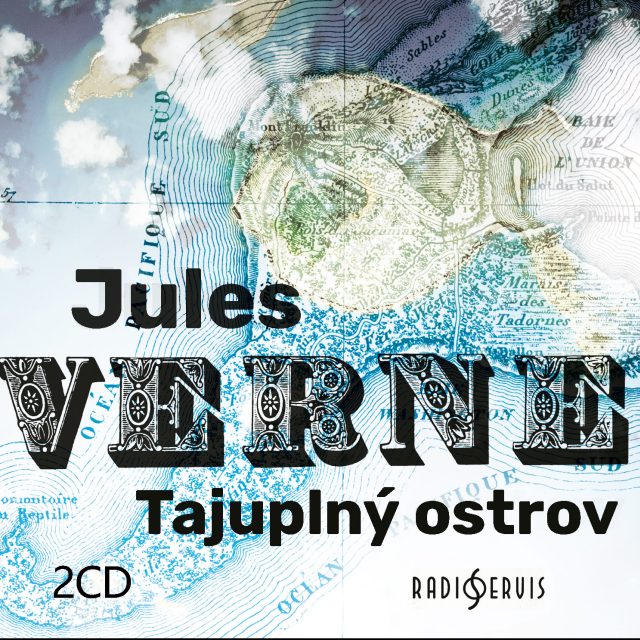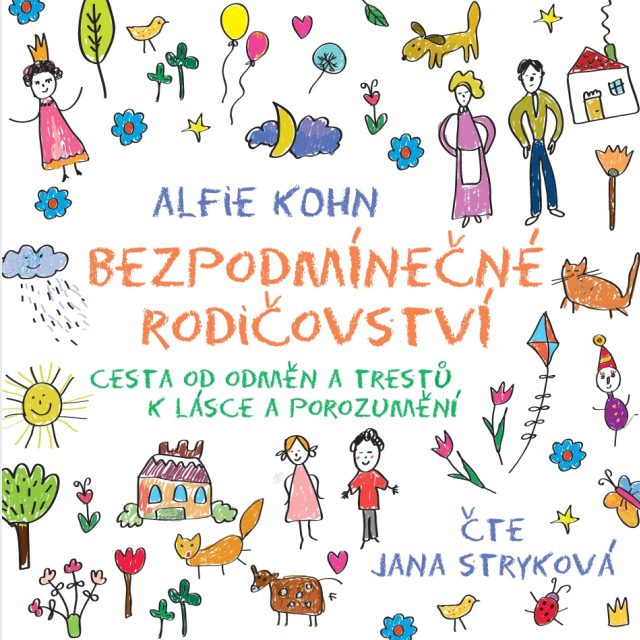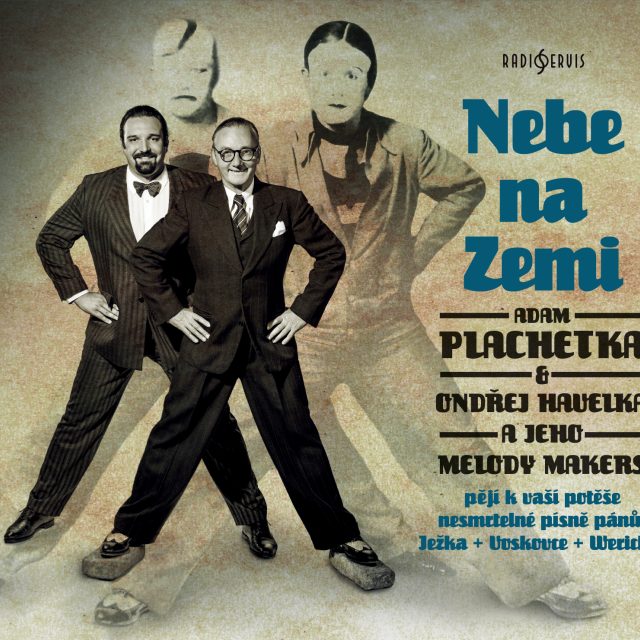Leopold Koželuh
* 26 June 1747 Velvary † 7 May 1818 Vienna
Leopold Koželuh was a credit to the imperial music of Vienna. “A famous composer – equally famous as a piano virtuoso. Most of his works are widely popular, particularly so his piano pieces.” Thus he is characterized in 1793 in the Lexicon of Writers and Artists. A transformation in the taste of the times, however, resulted in his works falling into virtual oblivion. As a performer and teacher, Koželuh had a major role in the transition from performance on the harpsichord and clavichord to the distinctive style of performance on the hammer fortepiano.
He was born on 26 June 1747 in Velvary in the family of a cobbler, and the next day he was christened as Jan Antonín. By 1773, however, he had started using Leopold as his given name to avoid confusion with his older cousin and teacher, Jan Antonín Koželuh, who later went on to become cathedral music director in St. Vitus in Prague. He received his elementary education in music from Velvary school teacher Antonín Kubík; later he studied music in Prague with the cousin mentioned above and also with František Xaver Dušek. He introduced himself as a composer in 1771 with a ballet, which found such a warm reception among Prague audiences that Koželuh decided to devote himself to music exclusively. He seems to have broken off his study of law, and during the next seven years (i.e., until 1778 when he left for Vienna), he composed more than twenty other ballets and three pantomimes.
In Vienna Koželuh rose very quickly in social and artistic circles. He arrived there as an unknown composer, but only three years later he had achieved the reputation of an acknowledged composer, enjoying a popularity to rival Mozart’s. Thanks to his qualities as a pianist, he made his way into the circles of the highest nobility and became a sought-after teacher. Among his most noteworthy pupils was Maria Theresia von Paradis, blind from birth. Koželuh also gained great fame for having set to music a solemn poem on the death of Empress Maria Theresa. In 1781 this work was performed in public at the memorial solemnities for the empress, and that same year it was printed by the Artaria publishing company. Emperor Joseph II took such a fancy to it that he entrusted Koželuh with piano instruction of Archduchess Elisabeth of Württemberg, who went on to become the wife of Emperor Francis II.
This contact with the imperial court increased the aristocracy’s interest in Koželuh and provided the composer with a good living. Another source of income for him was the frequent publication of his works. By the early 1780s Leopold Koželuh was already one of the most outstanding and best situated personalities of the Viennese musical world. This was due in no small part to the fact that by 1781 he had become a Freemason. Compared to Mozart, Freemasonry occupies only a very modest place in his works, but for the broadening of his social contacts it had a significance of the first order.
In 1784 Koželuh founded in Vienna his own publishing company, which was later taken over by his younger brother Antonín Tomáš. By then, however, his works had already started to be published even outside Austria, particularly in German cities, but also in Paris, London, Edinburgh and Amsterdam. In the 1790s Koželuh’s fame reached its high point. His works were performed to acclaim in various places in Europe. In his Salomon concerts in London, Joseph Haydn himself conducted Koželuh’s symphonies and piano concerti. Koželuh’s social and artistic prestige was strengthened by the favorable reception of his Coronation Cantata, which he had written on a commission from Czech nobles for the Prague coronation of Leopold II as Czech king.
His life and artistic career reached their absolute peak in 1792 when – even in spite of Salieri’s protests – he was received by Francis II into court service. He was named chamber conductor and court composer with a salary of 1500 guilders a year, and he held this title until his death. He taught piano to the emperor’s eldest daughter, Marie Louise, later to become Napoleon’s wife, for a period of six years, traveling to teach her at the Laxenburg Castle.
Koželuh wrote the great majority of his works, which number over 250 compositions, in Vienna. He concentrated almost exclusively on secular music (his sacred compositions are most re-arrangements of secular works). The main focus of his interest as a composer was music for the piano: sonatas, piano trios and concerti for piano and orchestra. As regards style, Koželuh′s works fall into three main categories. With the exception of his oratorio Mosè in Egitto, the majority of his vocal works from the 1780s, in particular his songs and ariettas, bear the typical traits of Viennese rococo. Koželuh′s symphonies and piano concerti adhere to the Viennese classical style and usually do not venture beyond its framework. Works classed in the third style are his chamber compositions along with his works for solo piano. Here Koželuh is ahead of his time and prepared the way not only for the expressive style of Beethoven but also for Romantic manifestations, in particular of the Schubertian type; some of those works were written in the 1780s, but most of them come from the 1790s, and it is indeed in them that we find the really essential developments that make Koželuh an important composer.
After 1800 his works practically disappear from the programs of public concerts in Vienna. We can find a clear example of the public attitudes at that time in his piano concerti. In the 1780s and early 1790s those were rated as to their quality on a level with Mozart′s. But already by 1805, their popularity is not only far lower than Mozart′s and Beethoven’s; it is lower even than Eberl’s.
In essence we can conclude that this composer outlived his work by about twenty years. He was, however, able to conserve the respect of the social and artistic world around him until the end of his life. He died in Vienna on 7 May 1818, seemingly as the result of protracted problems connected with gout. His daughter Katharina, Cibbini by her married name, was a noted Viennese pianist and also composed for that instrument. As a lady at court, she gave up her concert activities in 1825.
Author: Jarmila Novotná
E-shop Českého rozhlasu
Vždycky jsem si přál ocitnout se v románu Julese Verna. Teď se mi to splnilo.
Václav Žmolík, moderátor


Tajuplný ostrov
Lincolnův ostrov nikdo nikdy na mapě nenašel, a přece ho znají lidé na celém světě. Už déle než sto třicet let na něm prožívají dobrodružství s pěticí trosečníků, kteří na něm našli útočiště, a hlavně nejedno tajemství.




